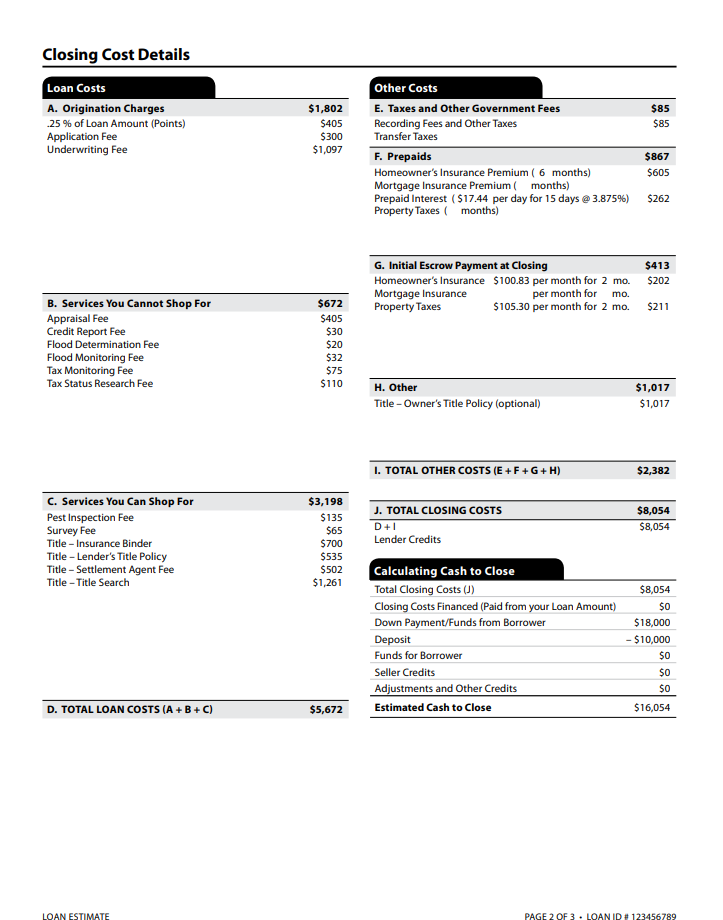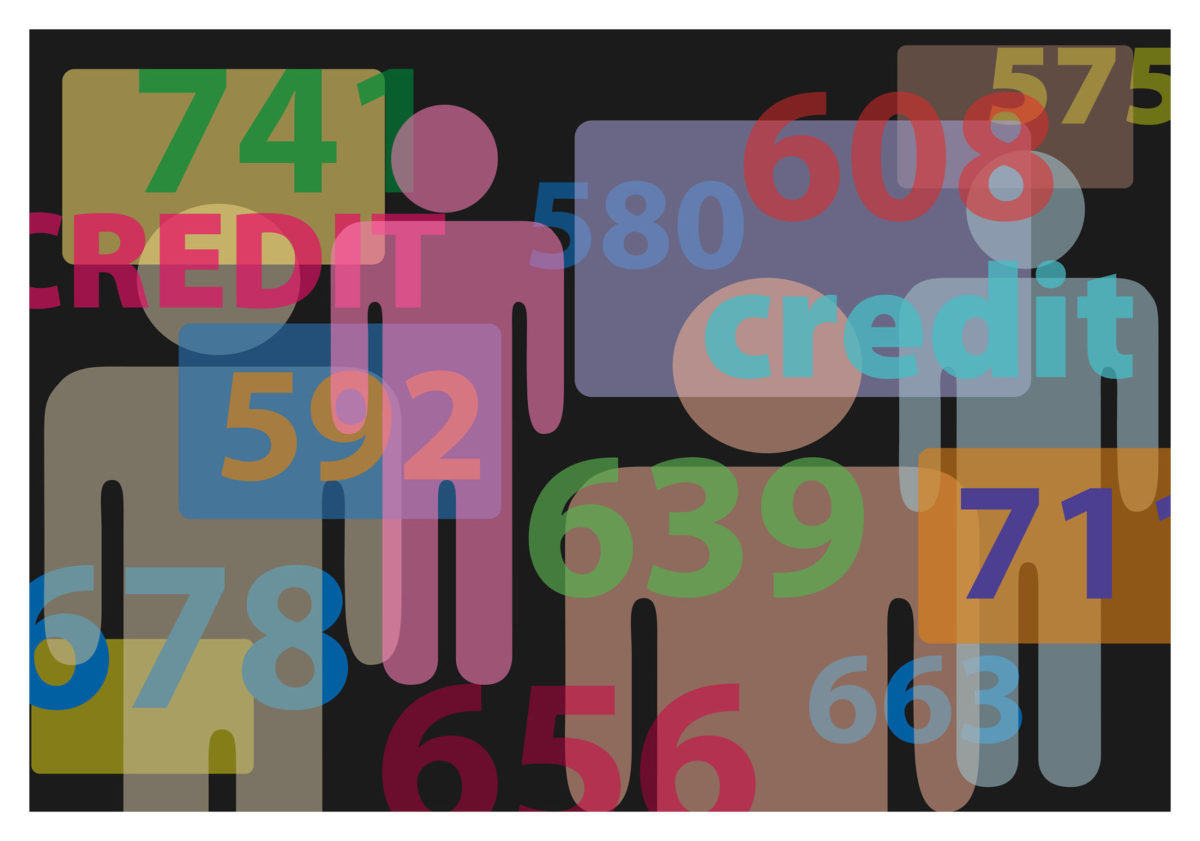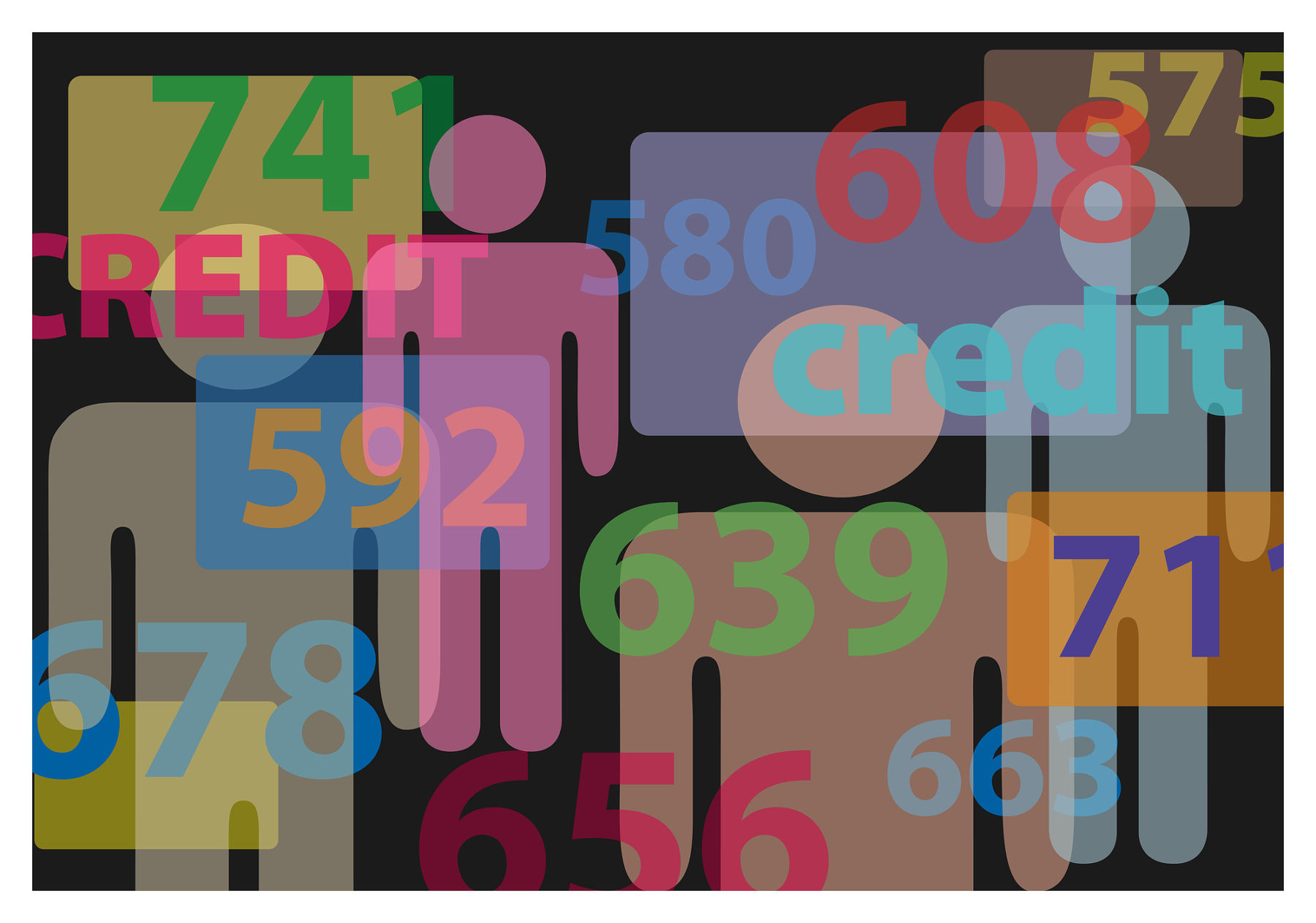A nationwide real estate franchise firm recently claimed that nearly 60% of their transactions involved multiple offers.
Unlike the bidding wars of the past, these aren’t all deep-pocketed investors who are submitting the winning bids. A buyers’ real estate agent in Virginia related a story about her client who was paying cash for a home.
Since cash offers typically win, imagine that buyer’s surprise when the home went to another buyer who offered almost twice the listing price for the home. In all, the home received 129 offers, according to a story at prnewswire.com.
Although being able to come in over the price others are offering is one way to win a bidding war (and the technique we offer up first, below), keep in mind that there is more to a real estate purchase agreement than price.
This spring’s hot sellers’ market requires an arsenal of techniques and strategies if you’re going to win a bidding war on the home you’ve fallen in love with.
Ensure you win
The best way to enter a housing market that is experiencing multiple offers on homes for sale is to go into the battle with a clear strategy.
Because you may need to make an offer higher than the listing price, plan to shop only for homes priced less than your loan pre-approval amount.
This gives you wiggle room with your money. Hopefully, enough to beat out others who came in at the top of their loan amount range.
Dazzle them with cash
Fortunate are the homebuyers in today’s market who have the means to pay cash for a home, or have in-hand a pre-approval which allows them to bid high.
Buyers who pay cash for a home present a contract with fewer contingencies, such as a loan-approval contingency. Since there is no loan involved in the purchase, they also have the ability to waive the appraisal—an attractive feature to sellers in multiple offer situations.
If you aren’t among these cash-laden homebuyers, read on.
Tweak the contract contingencies
The news is full of stories about homebuyers willing to waive the home inspection (just one contingency in the typical purchase agreement). It’s a risky move and one to consider at length before faced with the decision.
There are other ways to treat contingencies that may be attractive to the homeowner:
- Have the home inspected, but let the sellers know in the contract that their responsibility for problems will be limited to structural issues only.
- Shorten the time allowed in the contract for your contingencies. If the contract states you have 14 days to have the home inspected, offer to have it done in seven.
- A fast-moving market with rapidly escalating home prices puts home sellers on edge when it comes to the appraisal. Homes are selling so quickly, it’s hard to keep up and the appraisal may come in lower than the listing price. To ease the home seller’s anxiety, consider adding an addendum to the contract that you will pay a certain amount more than the appraised value (if you’re budget allows).
“The best offer is a clean offer,” is an old real estate saying and it is never truer than in a sellers’ market. Whatever you can comfortably waive in the purchase contract do “clean up” the offer, do it.
Choose your team carefully
You aren’t alone in this process—at least you shouldn’t be. When choosing your homebuying team (agent and lender), choose carefully. In this lightning-quick market, responsiveness is a quality worth its weight in gold.
You’ll need a team that not only responds to your communications, but to one another as well as the listing agent. Nobody should have to guess at where the others are in the process.
We hope to be a part of your team. Reach out to learn just how responsive we are.




















